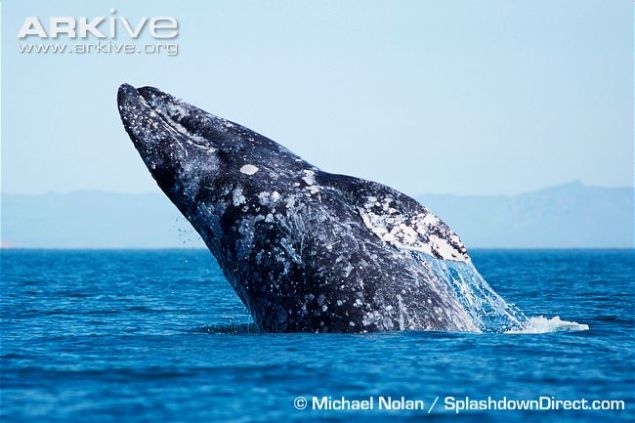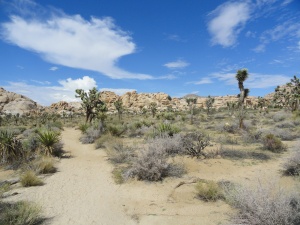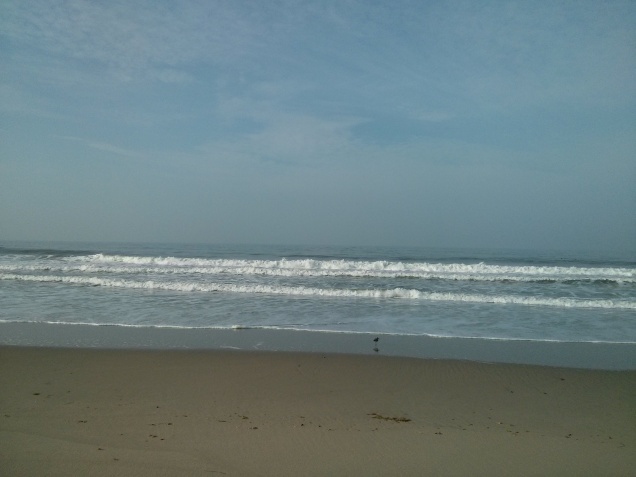It’s been close to two weeks, and without making excuses, it turns out the combination of having friends over for a week, RE Congress in Anaheim, school observations in preparation for teacher training, and coming down with a high fever for three days may have been too much for my daily post vow.
Much has happened since my last check-in, but as this blog is premised on moving forward, I won’t be recounting much of it, save to say through conversations with old and new friends, whale-watching, RE Congress, school observations, reading to little girls, and listening (more purposefully) to my very patient husband, I have the following reflections:
– Lent is not meant to be a comfortable season. Taking pride in any ‘achievements’ we have made in prayer, fast, or almsgiving is the complete antithesis to what that prayer, fast, or almsgiving is meant to have resulted in.
– For a goal-oriented person such as myself, that means redefining what the goal is. The answer seems obvious – a closer, better relationship with God – but being hard to grasp, is tempting to reframe. It’s that temptation that I have to resist.
– I’ve spent much of my adult life trying to recreate the routines and structures that helped me thrive as a child. The sooner I realise routines and structures are nigh impossible in the life I now live, the better I’m going to get at thriving now. This does not mean ritual isn’t possible, nor does it mean consistency is impossible. It just means I have to be creative in order to make them possible.
– Giving up Facebook for Lent, while valuable, is not as sharp a tool as I need it to be. In order to harness the power of fasting I’m going to need to give up what Facebook represented for me – mindless time-usage, and an escape from the messiness, physical and mental, of life in front of me.
– For this to be more than a secular Lent, I can’t neglect the other two pillars, prayer and almsgiving. I need to find a way to work them equally into my life.
Two Thursdays ago my friends and I ventured out on a whale-watching tour in Dana Point. It was a crisp, clear morning, optimum whale-watching conditions. An hour in, though, and all we’d seen were a few pods of dolphins, who weren’t all that interested us or our boat. The mood had dipped somewhat, and the captain was beginning to prepare the tour for the possibility that we would see nothing that day. Halfway through his speech a man waved, and pointed at something in the distance. The captain peered through his binoculars, then turned the engine back on and sped towards what would turn out to be a juvenile grey whale, making possibly it’s first solo migration. We were one of the earliest tour boats on the water, so for almost half an hour we had the whale to ourselves as it swam almost alongside us, surfacing every 3 minutes or so, unperturbed by our presence. Then two more boats, bigger and higher in the water, began to come towards us. With their louder motors and larger, excited crowd, they must have made a lot more noise, and – to everyone’s delight – the whale breached. “He’ll do it again, watch!” whispered a more experience fellow whale-watcher, and he did. Twice more. Later that day there was more excitement in the appearance of hundreds of false killer whales, not seen in the area for almost 30 years. But for me, the moment of the day was made when a grey whale, young, inquisitive, nervous, broke out of the water to make eye contact with the unknown.
For the next week I’m going to try to think of Lent in those terms: a breaking out of our normal medium, to try to work out what is really going on. I don’t know how much that whale gathered in those brief seconds, glimmering in the sunlight. But I’d much rather try that, than stay forever submerged below the surface.



